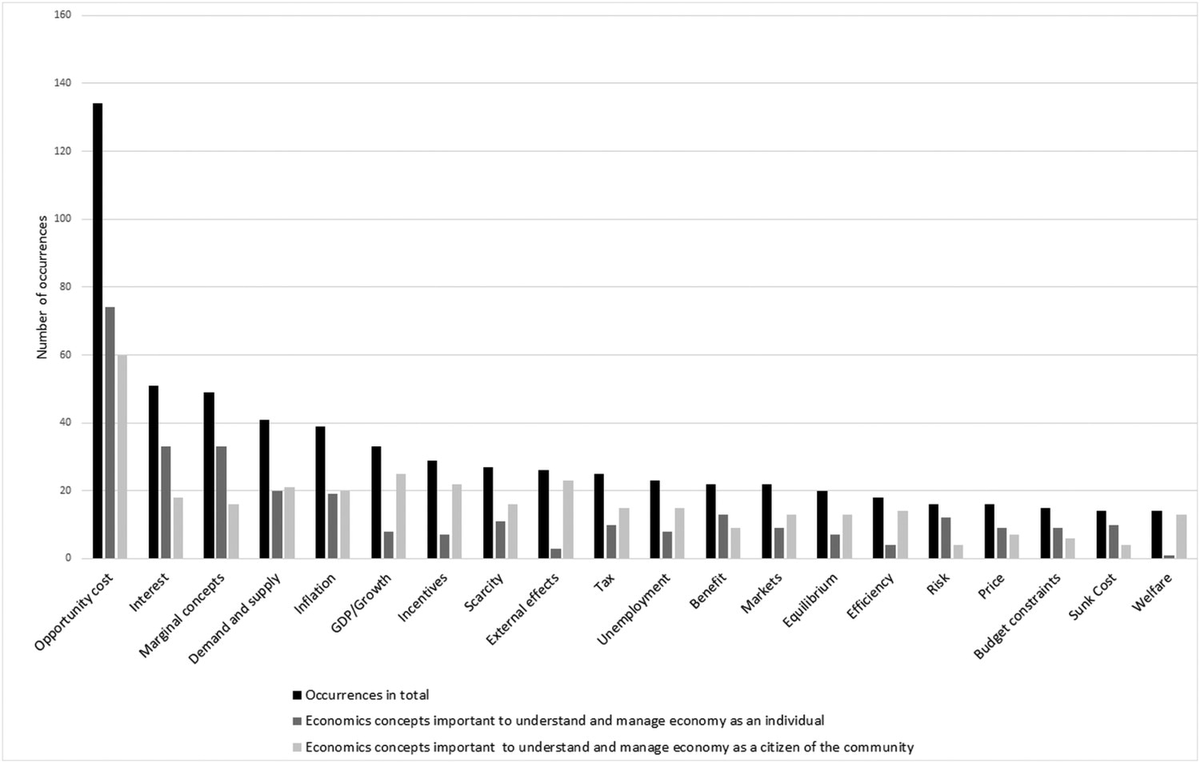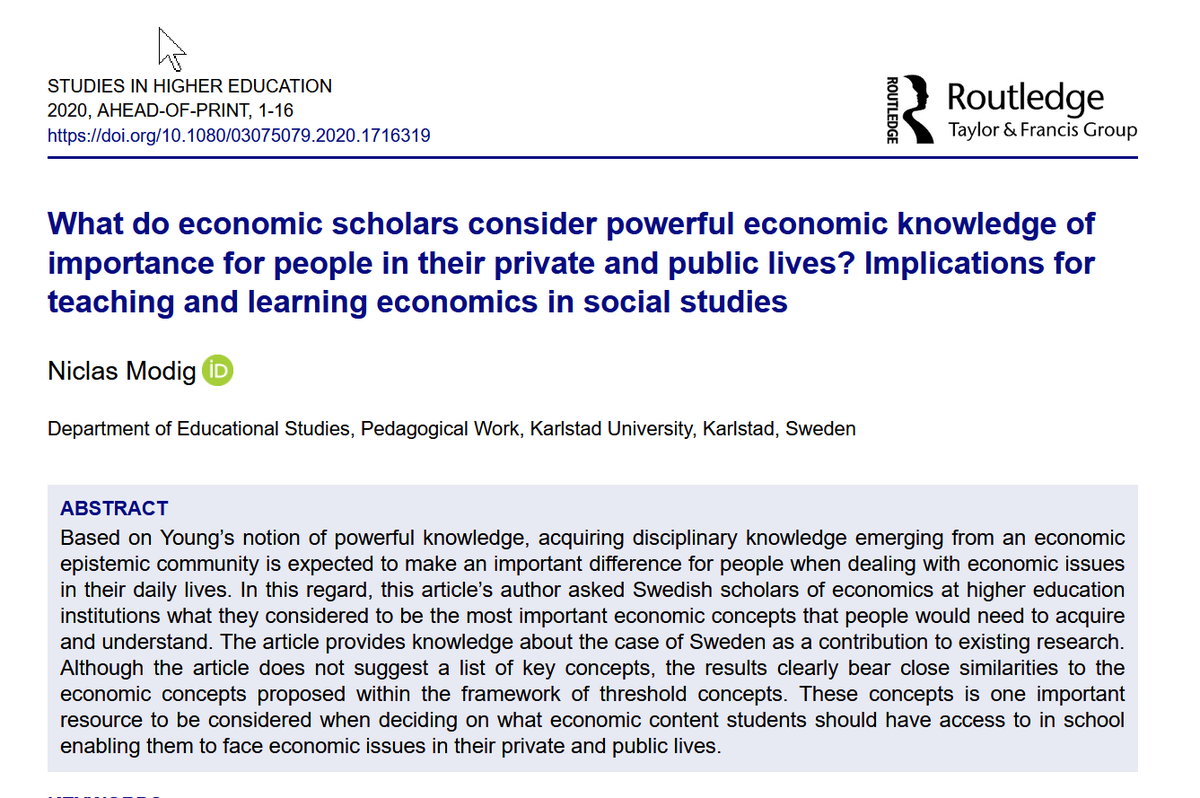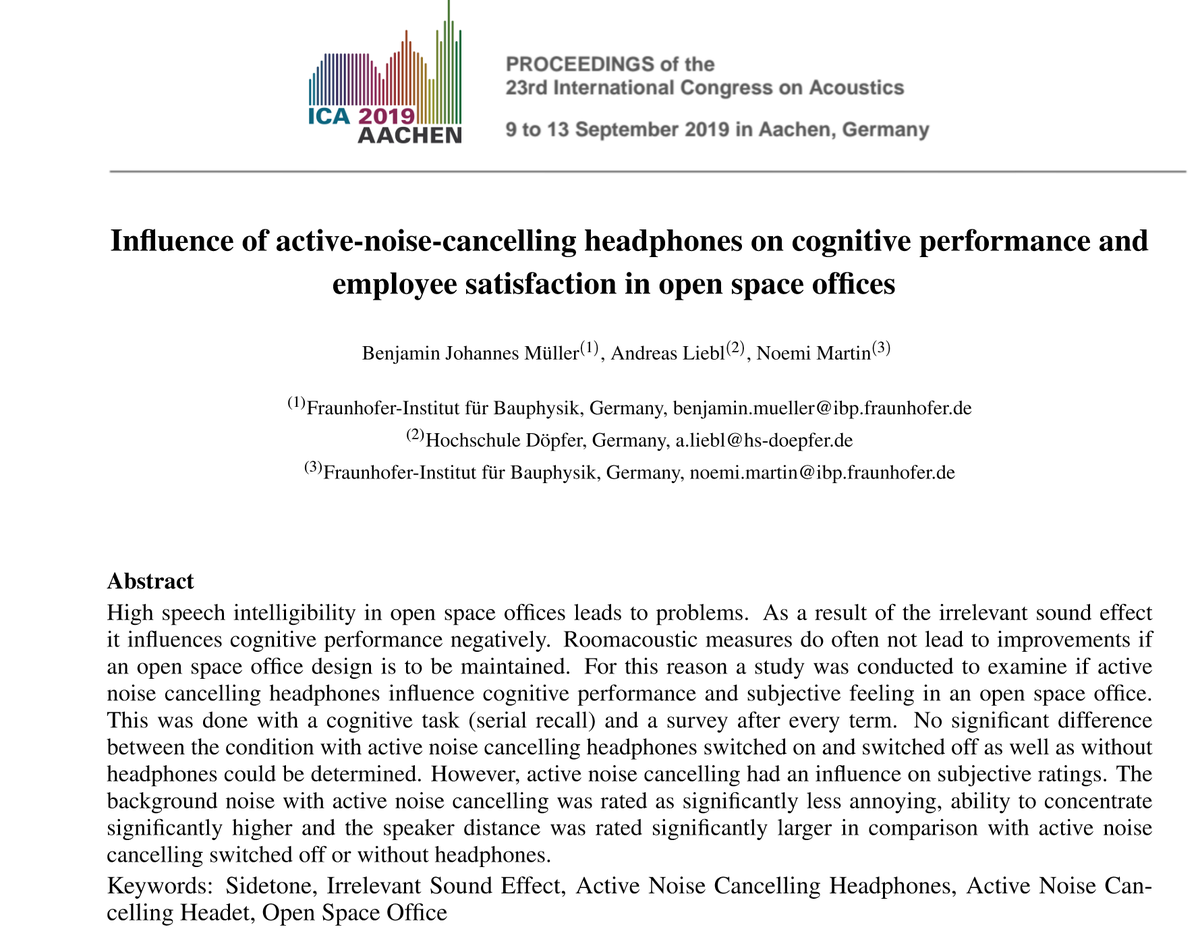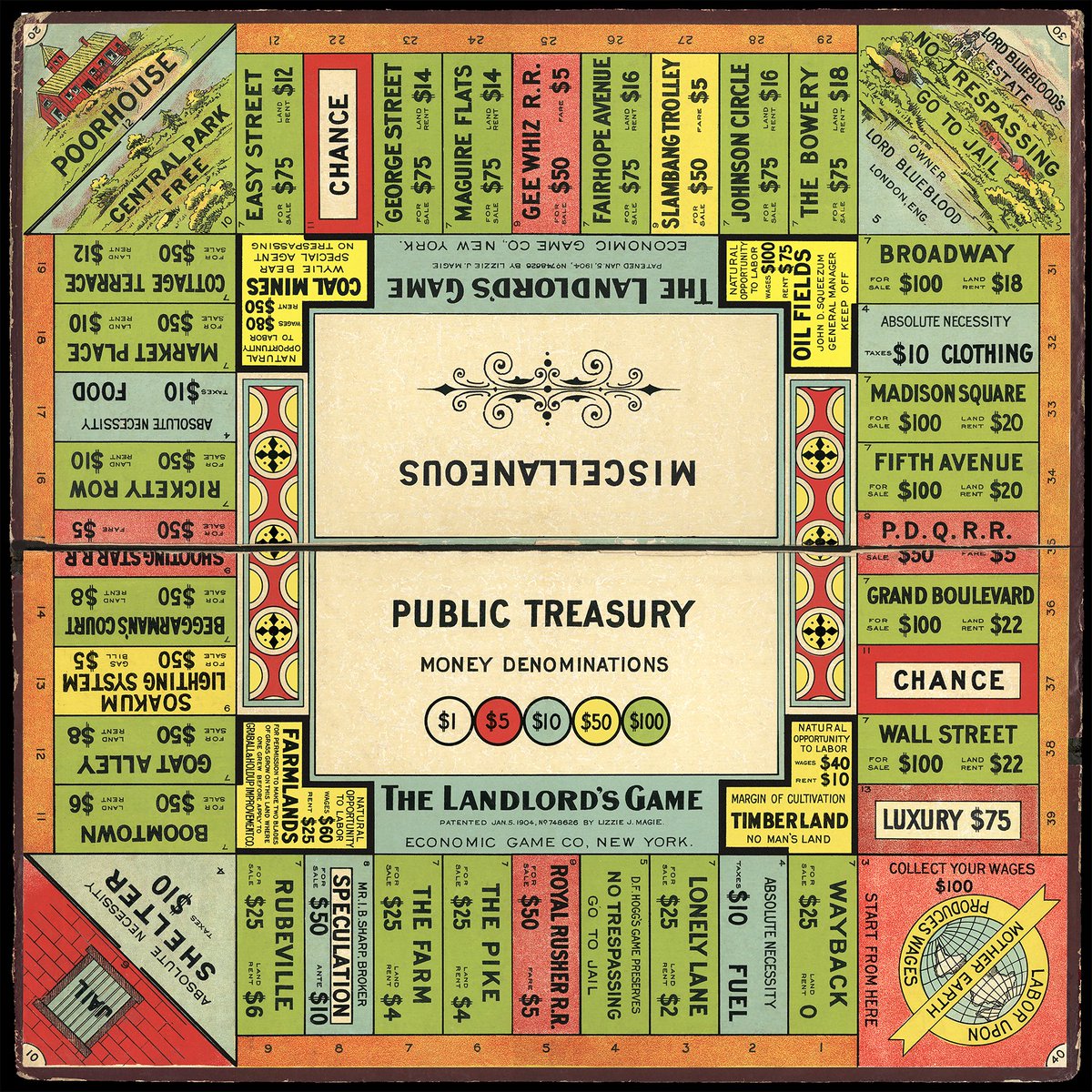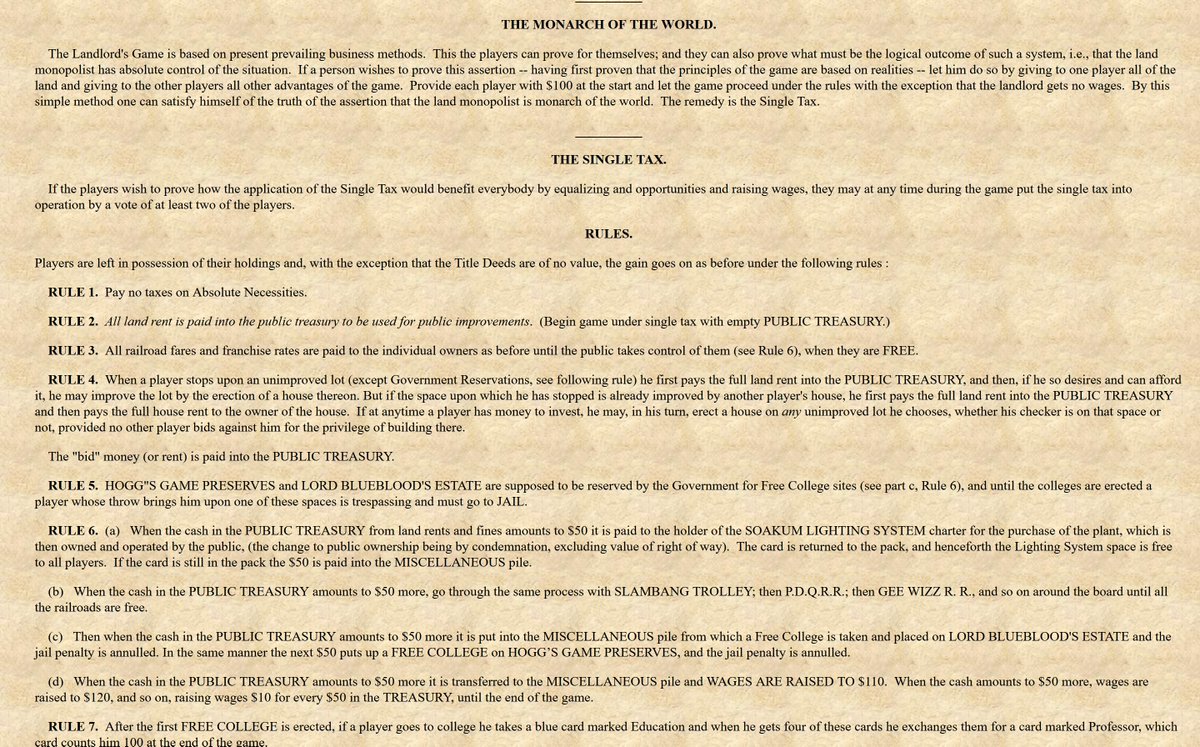
For May 4th, a lesson on how to sell new technology from Star Wars (& Edison). The key to the look of Star Wars ships are greebles: glued-on bits from off-the-shelf model kits of WWII tanks, planes etc. They make a connection with current tech, making Star Wars feel familiar. 1/ 

To sell electricity, Edison used the same technique as the Star War's greebles by using skeumorphs (a design throwback to an earlier use) connecting his new scary tech to a familiar one: gas. Gas lights gave off light equal to a 12 watt 💡so Edison limited his 💡 to 13 watts. 2/ 



As another example, lampshades weren't needed for an electric light, since they were originally used to keep gas lamps from sputtering. But Edison added them anyhow. While not required, they are comforting and, again, made a greeble-like connection to the older technology. 3/ 

He also developed the electric meter as a way of charging (because gas was metered) and insisted on burying electric wires (because gas was underground).
Edison made a trade-off by doing this, as it made the technology more expensive and less powerful, but more acceptable. 4/
Edison made a trade-off by doing this, as it made the technology more expensive and less powerful, but more acceptable. 4/

The process Edison used, called "robust design," helps make new technologies easier for consumers to adopt. The classic article by Douglas & @andrewhargadon is very readable, and explains a lot about how design helps new technologies get adopted. 5/ psychologytoday.com/sites/default/… 

Ironically, while Tesla the person never learned this lesson from Edison, Telsa the company has. Electric cars could have plugs anywhere, so why does charging a Tesla feel like putting gas in a regular car? It’s skeuomorphic, linking the old to the new! 6/ 

The lesson is useful for anyone creating new technologies. Steve Jobs famously insisted on skeuomorphic design in the original iPhone to make a series of complex apps easier to understand & work with at a glance. They might seem "outdated" looking, but they served a purpose! 7/ 







• • •
Missing some Tweet in this thread? You can try to
force a refresh





